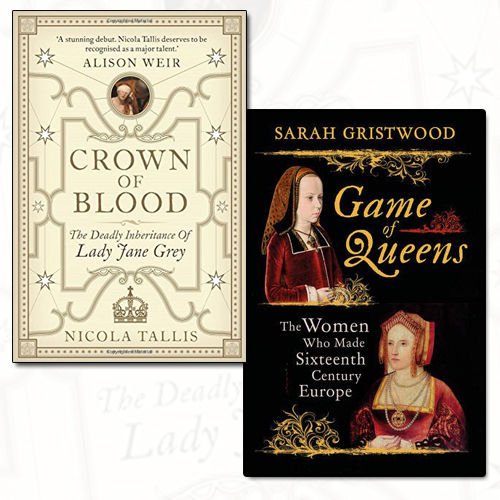Game of Queens: The Women Who Made Sixteenth-Century Europe
Chess players know that the queen can outmanoeuvre the king in every respect, except in the final checkmate. Gristwood’s book reveals how “queen’s chess”, as the game became known in the later 15th century, reflected the reality of the complex game of power, played for the highest stakes, during an “Age of Queens” that lasted from approximately 1474 to the death of Elizabeth I. This explosion of female rule, she writes, has scarcely been equalled in even the 20th century. For the earlier period, a pivotal figure is Margaret of Austria, known as “La Grande Mère de l’Europe” because of the number of her protégées; for the later period, as well as Elizabeth I and Mary Queen of Scots, Gristwood focuses on Catherine de’ Medici. In all I counted some 20 women who ruled European states in some capacity, whether as queen-mother or queen. Some knowledge of the period is essential to understand the turbulent political, economic and religious changes that form the background for Gristwood’s engaging account. Even when treading on familiar ground—especially with regard to the English and Scottish queens—Gristwood finds new angles to highlight the bonds that united these women. However, it is above all for its overall thesis, the gynocracy debate, that this book is an invaluable addition for historian and novelist alike.










